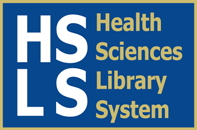Check liste vélo.xls
Check-list vélo 2009 Vêtement Remarque Poids [kg] 3 paires chaussettes4 caleçons3 T-shirts (2 synthétiques, un coton)1 short caleçon de bain2 pantalons-short1 chemise légère1 pull training1 polaire1 pantalon imperméable1 veste imperméable1 petit coupe-vent fluo1 paire surbottes imperméables1 paire de gants de vélo1 paire de gants1 bonnet-écharpe1 grand mouchoir1 paire

 Direct-to-Consumer (DTC) Advertising of Psychiatric Drugs in Popular Magazines:
Direct-to-Consumer (DTC) Advertising of Psychiatric Drugs in Popular Magazines: